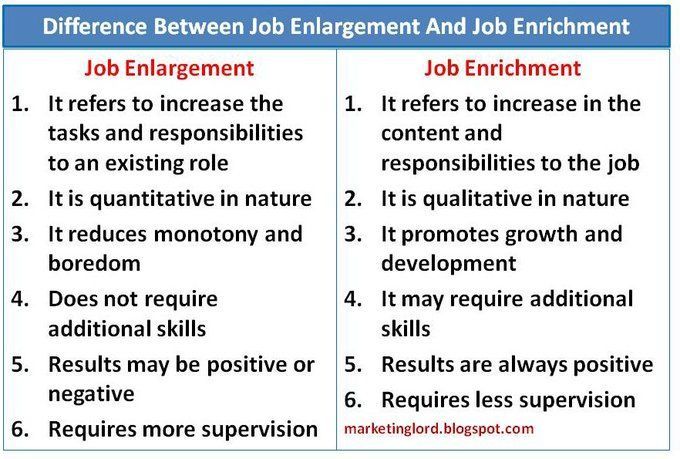Talent acquisition budgets: How to gain influence and buy-in from financial stakeholders
The shifting market and regional nuances can add complexity to creating a strategic talent acquisition (TA) plan, including the financials. There’s a way to speak finance’s language and points you should integrate into your TA budget conversation with them.
It pays for talent acquisition leaders to be skilled at effectively communicating a business case to CFOs and other finance stakeholders. This helps them better understand resourcing and hiring needs and adds context to the budget proposal.
Here’s how you can approach the conversation with finance leaders to secure the budget you need to advance the talent function.
Key considerations for finance when reviewing and allocating TA budgets
When gathering data and proposing a budget for your TA strategy, it’s important to incorporate how your initiatives tie back to the financial goals of the wider business. To strengthen your case, present a blend of cost savings and how investments will create positive and meaningful change.
These are the questions finance execs want answers to when budget conversations come up:
- Cost savings: How can you increase productivity, reduce cost-per-hire and maximize technology investments to gain the greatest sum of benefits? That will be the data you need to prioritize sharing.
- Cost avoidance: Similarly proactive, what are ways you can avoid costing the business money on other drains such as training, rehiring costs and retention efforts?
- Flexibility: Market shifts always affect the budget and planned outcomes. How is your business case going to help mitigate potential impacts to the bottom line?
Read more:The complete zip file for talent acquisition leaders
Compiling data to build your business case
Use data strategically and showcase how it affects the bottom line. For example, if reducing time-to-hire is always at the top of your company’s TA list, be sure to link how your efforts are prioritizing this in your long-term strategy. For CFOs, their top concerns are profit margins, lowering spend, ROI and impact on bottom line.
Additionally, be transparent about the base cost for improvements and include the absolute minimum investment needed. From there, you can show the impact that further investment would bring. Implementing new technology into your stack is a great example, as it’s often a hefty upfront cost, but recurring benefits will result over a long period of time from the investment. Be sure to understand the cost metrics associated with all your technology and platforms, not just new ones. It will showcase how everything ties in strategically to your TA initiatives and goals for the year, and it will help you gain buy-in from a big picture standpoint.
Tip: Part of developing a TA strategy is showing how your proposed budget will advance the business’s talent acquisition function. This approach of continual improvement involves operationalizing best practices between people, processes and platforms and communicating the importance of progress. Showing how data has improved and the anticipated ROI from your strategy will help you get executive buy-in and gain access to the resources you need to elevate the function.
Showcasing flexibility in the plan – and budget
Agility is one of the most important things you can express to a finance stakeholder to gain influence and buy-in. That means blending contingency into your budget with an understanding that you’ll pivot to changing market conditions as needed. Despite news reports about layoffs, it’s still a tight labor market with skills gaps, so focus on a combination strategy of upskilling your existing workforce and improving retention. This builds confidence in both cost and time savings from having to replace and retrain employees.
Volume fluctuations with hiring are bound to occur, but having flexibility and the agility to make adjustments will help prevent expenses related to rehiring and contractor work.
This flexibility includes having a list of potential roadblocks in your TA strategy. Be upfront about any obstacles you foresee affecting your strategy and proposed budget. This proves to stakeholders you’ve taken a considered, layered approach by thinking through all areas and scenarios.
Tying strategy into the organizational narrative
Part of a compelling TA strategy is having a working relationship with finance on what the operations side is experiencing. Align your initiatives with the business by communicating immediate versus long-term needs so you can path what’s realistic for the company to support. This is immensely helpful to financial stakeholders, as they can address needs and weigh whether the cost justifies the budget based on the company operations.
Building a plan that considers flexibility, scalability and cost savings makes an appealing business case for financial stakeholders. Any opportunity to save cost and time (time is money, after all) will paint your strategy and proposed budget in a favorable light.
Seeking external resources
In your strategy, remember to look outside your organization for extra resources for your region. In the UK, for example, to help post-COVID recovery, there’s a government plan for jobs incentives that pays employers to hire and train new apprentices and interns. This is a great way to mitigate hiring costs while diversifying the workforce and talent pipeline.
Other programs to consider include:
- The Spanish government is subsidizing hiring permanent hiring of unskilled and unqualified young people by providing a bonus of €275 per month for up to three years.
- The US has a Work Opportunity Tax Credit (WOTC) available for employers hiring candidates from “target groups who have consistently faced significant barriers to employment” including qualified veterans
- Singapore’s 2023 budget is expanded upon their Enabling Employment Credit to cover wages for people with disabilities
It always pays to be creative and explore other cost-saving possibilities. This comes with additional benefits outside of purely fiscal, such as building community and creating a more inclusive workplace environment for employees. All contribute to positive change over time and shouldn’t be overlooked in your TA strategy.
Gain influence and buy-in with a strategic TA budget
Weaving in the right data and aligning your initiatives with finance’s top concerns will start a meaningful conversation that leads to getting the budget and resources you need as a TA leader. By staying flexible in responding to ongoing market shifts and committing to keeping cost savings and ROI in mind, you’ll gain respect with finance leaders and find yourself one step closer to implementing your long-term TA strategy.
Source: https://www.wilsonhcg.com/blog/talent-acquisition-budgets-how-to-gain-influence-and-buy-in-from-financial-stakeholders


